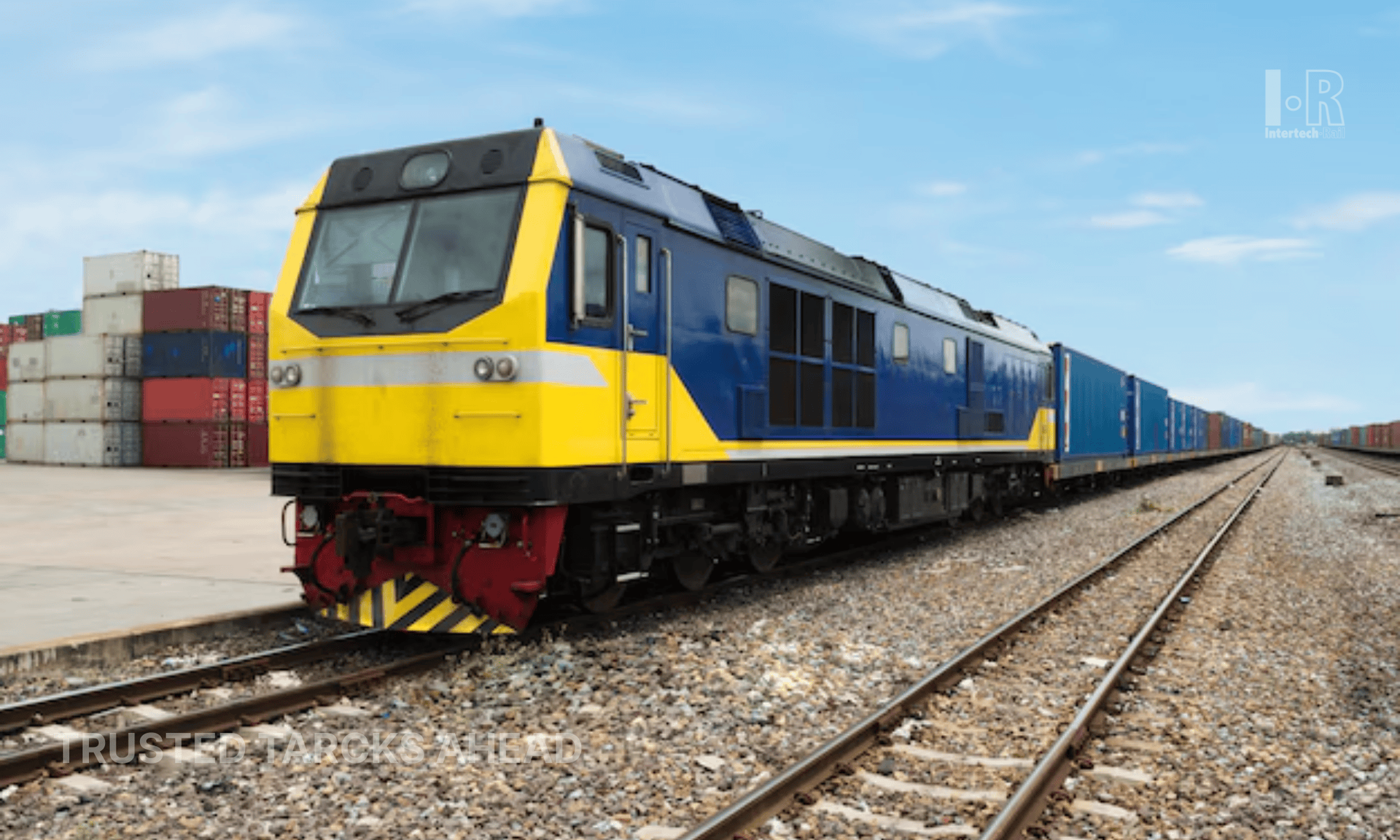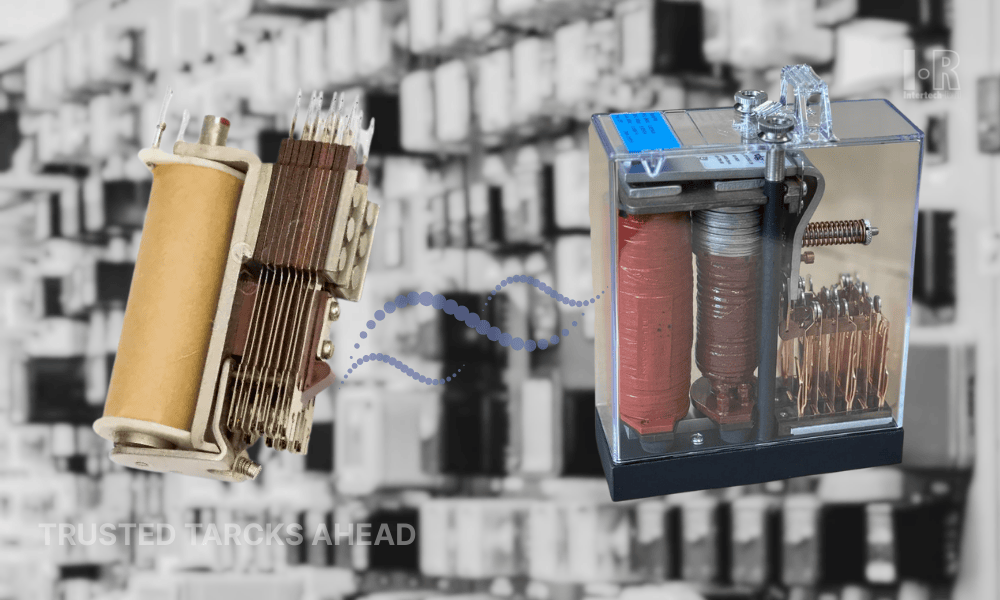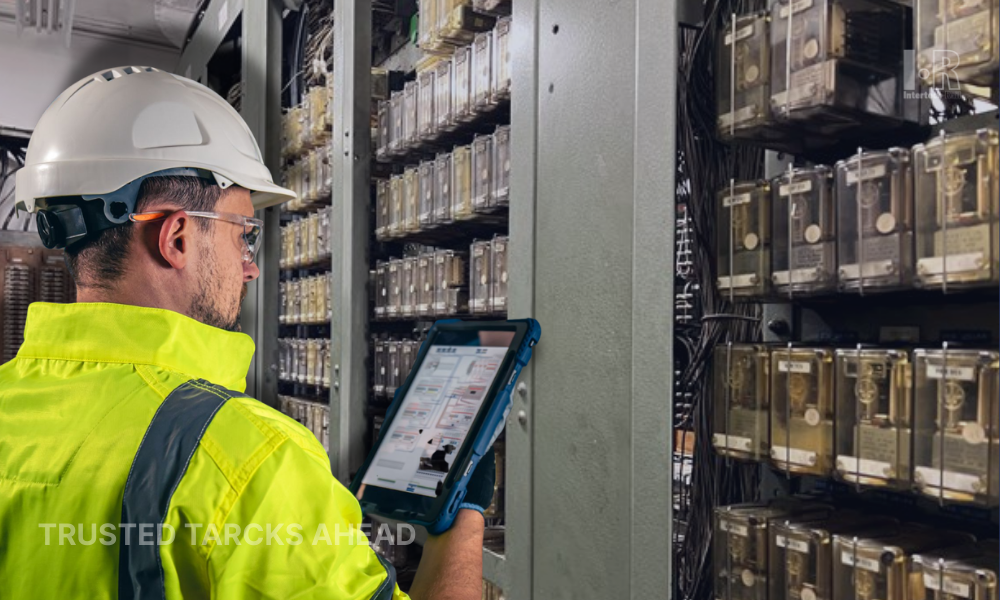RFID Tags in RAIL Operations and the ATA Protocol
How RFID Tags and the ATA Protocol Are Transforming Train Control and Rail Operations

In the ever-evolving landscape of rail transportation, efficiency and safety are paramount. To meet these demands, the industry has turned to innovative technologies, with RFID (Radio Frequency Identification) tags emerging as a game-changer in train control within yards and rail lines. Furthermore, the adoption of the ATA (Automatic Equipment Identification) protocol over the general GEN 2 protocol is revolutionizing the way rail operations are managed, offering unparalleled advantages in terms of reliability and functionality.
RFID Tags: Enhancing Train Control in Yards and Rail Lines
RFID technology utilizes electromagnetic fields to automatically identify and track tags attached to objects. In the rail industry, RFID tags are deployed extensively to monitor the movement of rolling stock, manage inventory, and streamline operations within yards and along rail lines. These tags, affixed to locomotives, freight cars, and other assets, facilitate real-time tracking and provide valuable data insights to operators.
Advantages of RFID Tags in Rail Operations
1. Improved Asset Visibility: RFID tags enable rail operators to accurately track the location and status of rolling stock, reducing the risk of misplaced or lost assets and ensuring efficient utilization of resources.
2. Enhanced Safety: By providing instant visibility into the whereabouts of trains and equipment, RFID technology enhances safety protocols and enables swift response in the event of emergencies or incidents on the rail network.
3. Optimized Yard Operations: RFID-enabled yard management systems automate processes such as car identification, coupling, and sorting, leading to faster turnaround times, increased throughput, and reduced congestion in rail yards.
4. Streamlined Maintenance: RFID tags can store maintenance records and asset information, allowing maintenance crews to access crucial data quickly and efficiently, leading to proactive maintenance practices and extended asset lifespan.
The Role of the ATA Protocol in RFID-based Train Control
While RFID technology offers significant benefits, the choice of protocol can greatly impact its performance and effectiveness in rail applications. The ATA protocol, specifically designed for the rail industry, offers several advantages over the more generic GEN 2 protocol commonly used in RFID systems.
Advantages of the ATA Protocol
1. Optimized Performance: The ATA protocol is tailored to the unique requirements of rail operations, providing optimized performance in terms of read range, data transfer speed, and reliability, even in challenging environments such as rail yards and tunnels.
2. Robust Data Security: The ATA protocol incorporates robust encryption and authentication mechanisms, ensuring the integrity and confidentiality of data transmitted between RFID tags and readers, thereby mitigating the risk of unauthorized access or tampering.
3. Seamless Integration: The ATA protocol seamlessly integrates with existing rail infrastructure and management systems, minimizing implementation complexity and enabling interoperability across different rail networks and equipment vendors.
4. Compliance with Industry Standards: ATA protocol adheres to industry-specific standards and regulations, ensuring compliance with safety and security requirements mandated by regulatory bodies and industry associations.
RFID tags, coupled with the ATA protocol, represent a paradigm shift in train control within yards and rail lines. By providing real-time visibility, optimizing operations, and enhancing safety, RFID technology is driving efficiency and innovation in the rail industry. The adoption of the ATA protocol further improves the performance and reliability of RFID systems, cementing its status as a cornerstone technology in modern rail operations. As rail networks continue to evolve, the integration of RFID tags and the ATA protocol will be pivotal in shaping the future of rail transportation.




